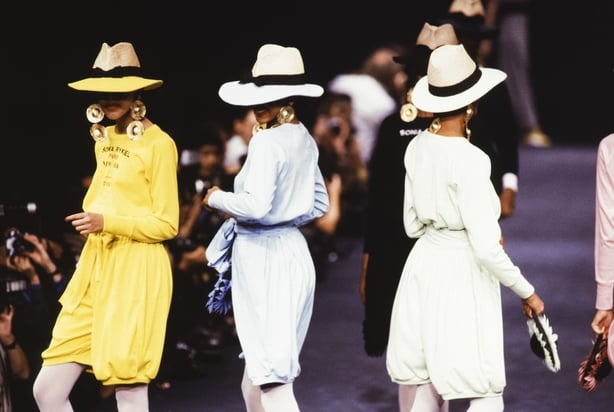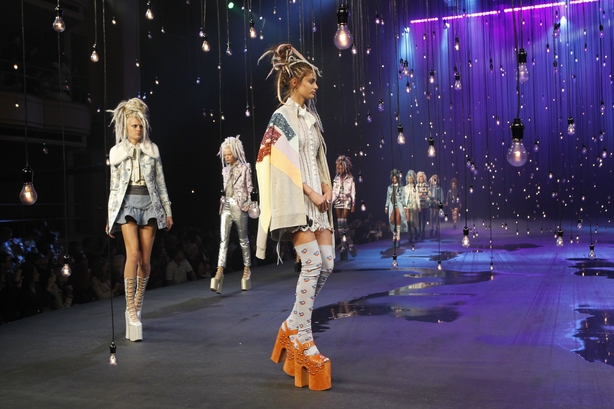"Music and fashion just goes so hand in hand," said Siobhán Kane, speaking to Sean Rocks on Arena about the mutually influential relationship between rave culture and clothing.
At look at the genesis of rave itself sends us back to the 50’s, maybe rather unexpectedly to some, when Siobhán explained that the term ‘rave’ was used to describe the bohemian parties of the beatniks, although now it is a term that is synonymous with the 1980’s when the illegal raves were becoming a phenomenon, particularly in English towns.
There was also an American explosion of rave culture that came slightly later and has continued to hugely influence the movement and the look.
"The fashion aspect started really to take hold in the mid to late 80’s and it was all oversized baggy t-shirts, baggy trousers.
"The neon stuff came a little bit later, the kind of visually stimulating, colourful clothing came a bit later but the oversized element was quite important from the beginning."

The oversized element had practical roots, it allowed revellers to dance and sweat for hours, while another important aspect that Siobhán identified was the parodying of famous brands.
"It was about the outsider kind of becoming the king of the castle and parodying brands that yes, people were drinking Coca-Cola and using Crayola crayons when they were little but it’s also saying how much these big corporations are profiting from either entertainment or it was a bit of a playful comment on the commercializing of things and advertising was seen as the great evil."
Rave soon went from clubs to couture, with some of the biggest designers in the world getting a slice of the action and putting their own unique stamp on the movement.
"John Galliano… in his early days, he was very closely aligned with Jeremy Healy who a lot of people will remember as being one of the seminal DJs of the English scene, and he constantly had Jeremy Healy soundtrack his catwalks, so there was that musical dimension," she explained.

"Gautier does it too, McQueen has it… the more scuzzy, grungy end of rave clothing…
"It comes full circle in 2016, 2017, you then get Kenzo, Miu Miu, Marc Jacobs… he comes full circle as a designer and starts putting all the models in 2016 down the catwalk with mini ruffled skirts to Acid House as a soundtrack, you know, the kind of rainbow dreadlocks, the kind of everything lamé, platform trainers and heralding that we have come full circle."
Listen back to Siobhán Kane's interview on Arena on RTÉ Radio 1 here.
We need your consent to load this rte-player contentWe use rte-player to manage extra content that can set cookies on your device and collect data about your activity. Please review their details and accept them to load the content.Manage Preferences


